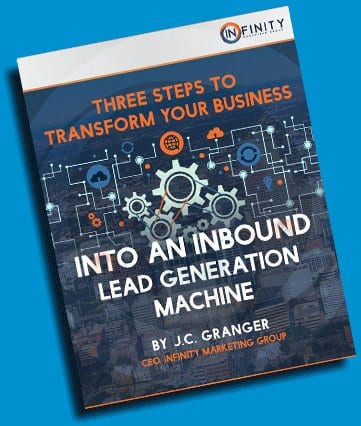Here are a few tips about how to define your app name and keywords on the iTunes App Store. Doing that well might not bring you to the top app ranks, but it will definitely give you better results.
As far as App Store SEO is concerned, it’s your app name and keywords that count the most. Of course the rest will matter a lot to convince people (and good ratings help).
There’s not really any secret, and it’s not a one-time thing: you need to keep experimenting and trying things with each update (don’t update just for that) to see what works for your app and your niche.
Be Descriptive in your App Name
After your icon, the first thing your potential users will see is your app name. If they are on the App Store using their iPhone, they will only see the first 33 chars of your app name when browsing the Cards-style results introduced with iOS6 (i.e., without being on your app page) and still used in iOS7.
For non-games apps, it means that your app name needs to be as explicit as possible from the very beginning: you don’t want people to see a non-relevant name when they are looking for something. You also need to state what your app does in the name.
The second important thing to know about your app name is that the words you put in there also act like keywords. These keywords used to have more importance for search results than the actual keywords, but this seems to have changed. Don’t make it just a list, and try to come up with short phrases (2/3 words) that people are most likely to use.
Basically, you need to find a good balance between keywords and branding.
The app name is used by Apple to create your app URL. Do not include any special characters in your app name, like the trademark or copyright symbol because your iTunes app page will then only use your id. You can read more on that here.
Another thing you might want to be careful of : try not to repeat an already taken app name (or parts of it), as Apple manually flags (and disables) the concerned keywords. I found at about that here.
Choose your Keywords Wisely
Apple gives you 99 chars to define your keywords, so try making the best out of it. Separate every word by a coma. Apple seems to be handling plurals better now, so you can get precious characters for your keywords that way.
Just like for regular SEO, if a keyword (or combination of keywords for your app name) is overused then try to come up with something different like synonyms or other ways to say it that people might use. Better to be in the top 5 results for an average-searched keyword than in the top 100 for a highly-searched keyword. Oh, and don’t use somebody else’s trademark.
There are no bonuses from whole phrases anymore, so just use the keywords composing the search phrases you want to be found with.
How to find the right keywords?
Maybe another time we’ll come up with a list of tools you can use to make better choices regarding your app name and keywords. Some really cool tools are MobileDevHQ, Sensor Tower, SearchMan and App Store Rankings. Just try them and pick your favorite! More toolshere.
These tools can help you figure out some of your competitors’ keywords, find new ones, etc.
You can also have a look at what’s happening on the web, using tools like Google adwords tools or Google Trends (those can actually help with market research as well).
Publisher Name
The publisher name is also used by the App Store search algorithm. Search phrases mixing keywords between developer’s name and the app name seem to work. Be careful though, depending on your apps it can be a pretty bad idea to choose app-specific keywords for your publisher name.
In-app Purchase Names
In-app purchases names don’t help much anymore.
These are most of the things you need to know and pay attention to in order to make the good keywords choices. If you want to keep up to date with the other aspects of App Store Optimization, check out our App Store Optimization page and our App Developer’s App Store Optimization Cheat Sheet.
Remember: it’s not a one time thing. Try keywords for a few weeks and analyze the effects it has on your downloads and new users. Then change them again. Keep experimenting.




